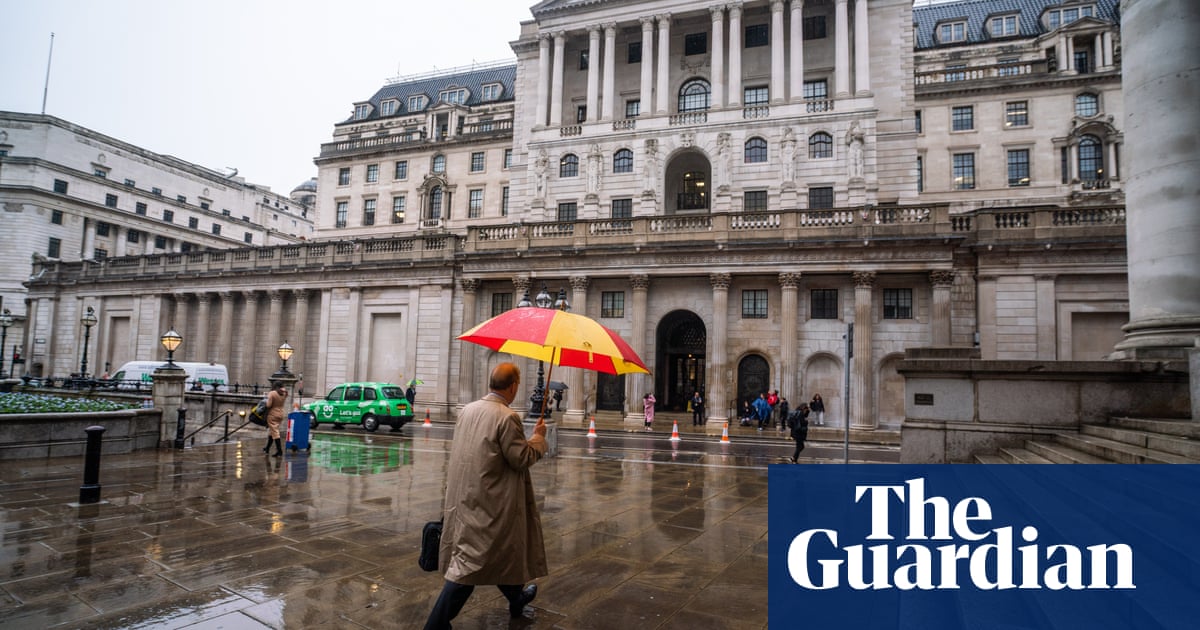
Japan has intervened to prop up the yen for the first time since 1998, after it hit a 24-year low as its central bank resisted the trend for higher interest rates.
Tokyo was forced to take action in the foreign exchange market to shore up its weakening currency, after the Bank of Japan (BoJ) maintained its ultra-loose monetary policy on Thursday.
The Japanese government sold US dollars after the yen slumped past the 145 mark against the dollar, on the back of the BoJ’s decision to leave its benchmark rates in negative territory, on a day when other central banks increased borrowing costs in an attempt to cool inflation.
Japan’s vice-finance minister for international affairs, Masato Kanda, told reporters the government had “taken decisive action” to address the yen’s sudden fall on the foreign exchange market.
The intervention, which lifted the yen by 2% against the dollar back to 141.2, showed that Tokyo had lost patience with the currency’s steady slide and highlighted the impact that the surging US dollar is having on major economies.
The prime minister, Fumio Kishida, said Japan would respond decisively to excessive fluctuations in the currency market.
Analysts warned, though, that the intervention could be ineffective as long as the BoJ maintained its policy of ultra-low interest rates at a time when other central banks are tightening.
“The timing of this was very poor,” said Fawad Razaqzada, a market analyst at City Index and Forex.com. “More to the point, is the BoJ undoing the government’s attempt to shore up the yen?”
The dollar had hit a new 20-year high against a basket of currencies before Tokyo’s intervention, after the Federal Reserve raised US interest rates by 0.75 percentage points on Wednesday, its third 75 basis points increase in a row.
The greenback has strengthened steadily this year, partly because US interest rates have been rising faster than in other countries. Fears that the global economy is weakening as inflation soars have also driven traders into the safe-haven of the dollar, sending the euro to a 20-year low, and the pound to its weakest point in 37 years.
The two biggest drivers of dollar strength are often described as “the dollar smile”, explained James Athey, the investment director at Abrdn.
“At one end is Fed policy tightening, at the other is risk aversion – after all the US dollar is the world’s reserve currency. In the last 18 months or so both ends of the smile have been in play at the same time,” Athey added.
A swathe of other central bank announcements added to volatility in the markets on Thursday.
The Bank of England raised its base interest rate by another half-point, to a 14-year high, while Switzerland’s SNB lifted its main policy rate out of negative territory for the first time since 2014, with a rise of 75 basis points. The increase, from minus 0.25% to 0.5%, knocked the Swiss franc, as traders had anticipated a full percentage point increase.
Norway’s Norges Bank raised its borrowing costs by half a point. It predicted a more gradual 25 basis point rise at its next meeting, which weakened the Norwegian crown.
However, the Central Bank of the Republic of Turkey startled markets by cutting borrowing costs by a percentage point from 13% to 12%, even though Turkish inflation has hit 80% in August. The surprise cut knocked the Turkish lira to a fresh record low, adding to the pressures from the hawkish Federal Reserve on emerging market currencies.
The CBRT has cut interest rates steadily over the last year, from 19% last summer, despite warnings that the move would hurt the currency and drive up inflation.
“You have to wonder what it will take for the CBRT to accept that its experiment – at the worst possible time – has failed but clearly, we’re not nearly at that point. More pain to come, it seems,” said Craig Erlam, a senior market analyst at OANDA.












